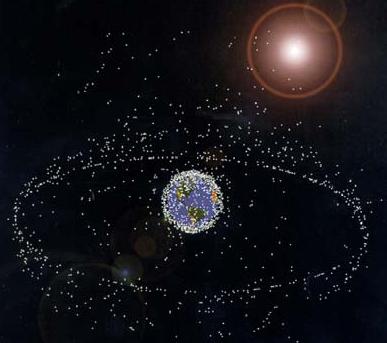Social media is about space, not place
 I have been spending time today working with an agency on a response to a social media monitoring brief. The view on how to approach this – coming from the agency and the client – has been based around identifying and monitoring places (blogs etc). I have found myself saying on a number of occasions that “social media monitoring is about understanding and monitoring the space more than the place”.
I have been spending time today working with an agency on a response to a social media monitoring brief. The view on how to approach this – coming from the agency and the client – has been based around identifying and monitoring places (blogs etc). I have found myself saying on a number of occasions that “social media monitoring is about understanding and monitoring the space more than the place”.
I think this is true for more than just monitoring – it is a basic principal that defines success in social media. However, it is quite a difficult concept to really embrace, largely because our approach to communication and influence has always been based on place. It is one other aspect of the shift from institution (place) to process which is at the heart of the change that social media is bringing.
There is an industry out there that is succesfully making money selling organisations place-based monitoring tools such as black boxes that purport to measure and chart influence. This is because it is reassuring, from a clients perspective, to think that all they need to uncover are the key places to monitor and then “influence” – much like you monitor and influence traditional media. Essentially this is just a step on from conventional media planning – but it only works if the assumption is that having identified the place you can then ride on the coat tails of its influence. This assumption held true with conventional institutionalised media sources – which you could buy through advertising or co-opt through PR. However, this assumption doesn’t hold true in social media.
Sure – it is useful to know which are the influential blogs in any given sector. But this knowledge only becomes useful if you then use these blogs as sources of information rather than sources of distribution – as guide to understanding the space and the conversation. We are starting to realise that ‘blogger outreach’ has a limited utility in most instances. This is not surprising – blogger outreached emerged as one of the very early social media techniques, before we had started to really understand how social media worked. It is a very institutionalised approach – and it did have some effect, especially when there were not many blogs and blogs were basically ‘it’ as far as social media was concerned – pre Twitter, Ning, Facebook etc. Even if you get an ‘influential blogger’ to write a positive post or give you a link – all you are getting is a flash in the pan. Here today gone tomorrow. What it doesn’t give you is an enduring and discoverable presence in the space. Here today and gone tomorrow worked fine with traditional media when your flash in the pan was put in front of hundreds of thousands or millions of people. That is never going to happen with a single source (or place) in social media.
One of the things I always tell organisations embarking on a social media strategy is to understand their relevant digital space and then start to work out how to colonise it and populate it with content and then conversation. I never advise trying to identify and influence places – because it just doesn’t get them anywhere in the long term.
This is especially true of monitoring. It is a bit like astronomy in that the key to success is looking at the right parts of the sky. For much of the time, there may be nothing happening in that space – but this in itself is important information. And when information does enter it – it can come from anywhere – an ‘influential blog’ or a random tweet. Both may be equally important. Places only become relevant when they enter your spaces – which is why the space is the place, as it were. Might we even say “space is the new place”?

9 comments